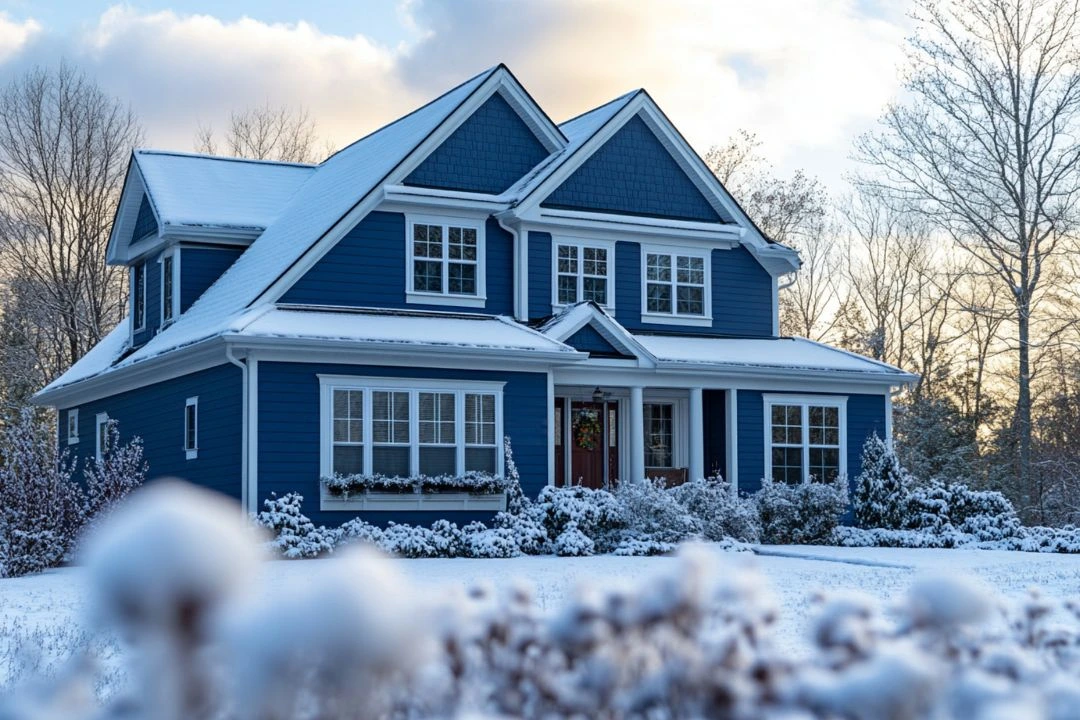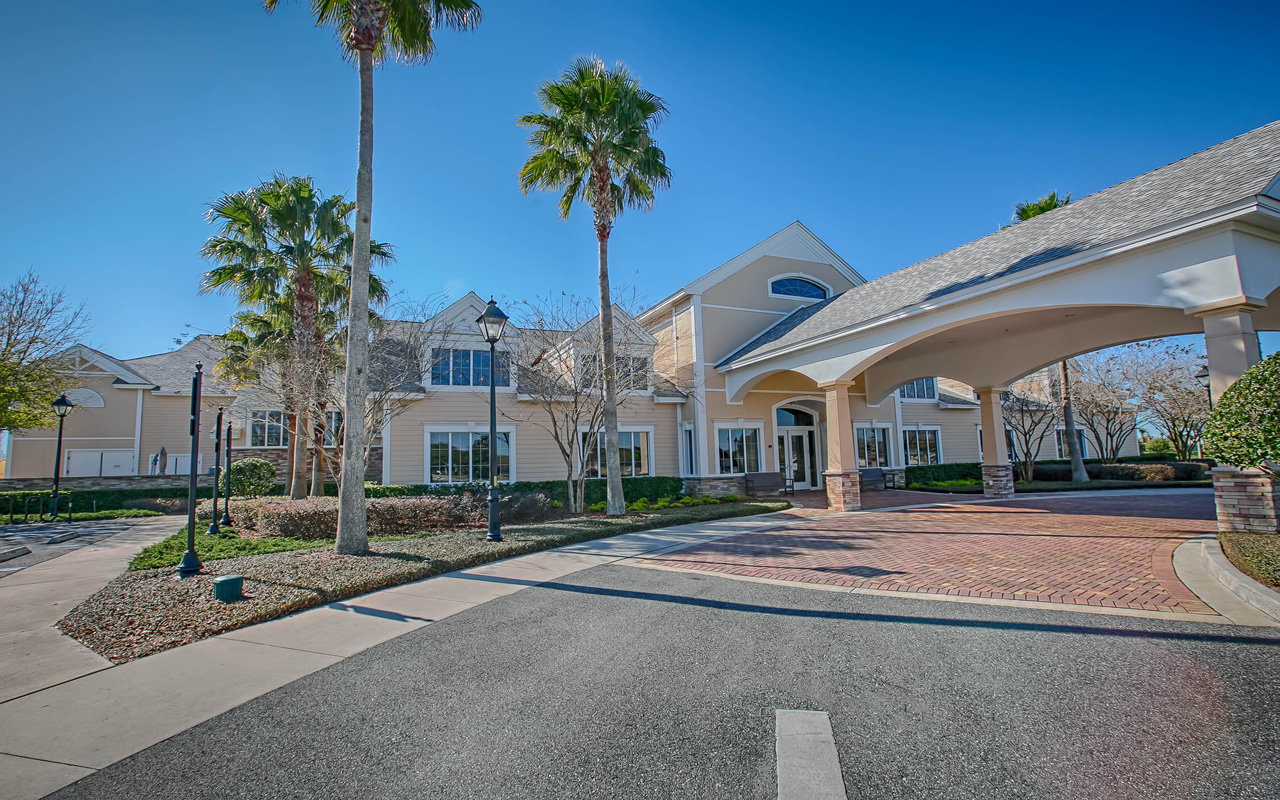Winter is coming, and homeowners must ensure their homes are ready for the cold season as temperatures drop. Preparing your home for winter is not just about comfort; it’s also about saving energy and protecting your property from potential damage. This blog post will explore essential steps to winterize your home, from weatherproofing to safeguarding plumbing. These tips will create a cozy, efficient environment and avoid costly repairs.
Weatherproofing Your Home
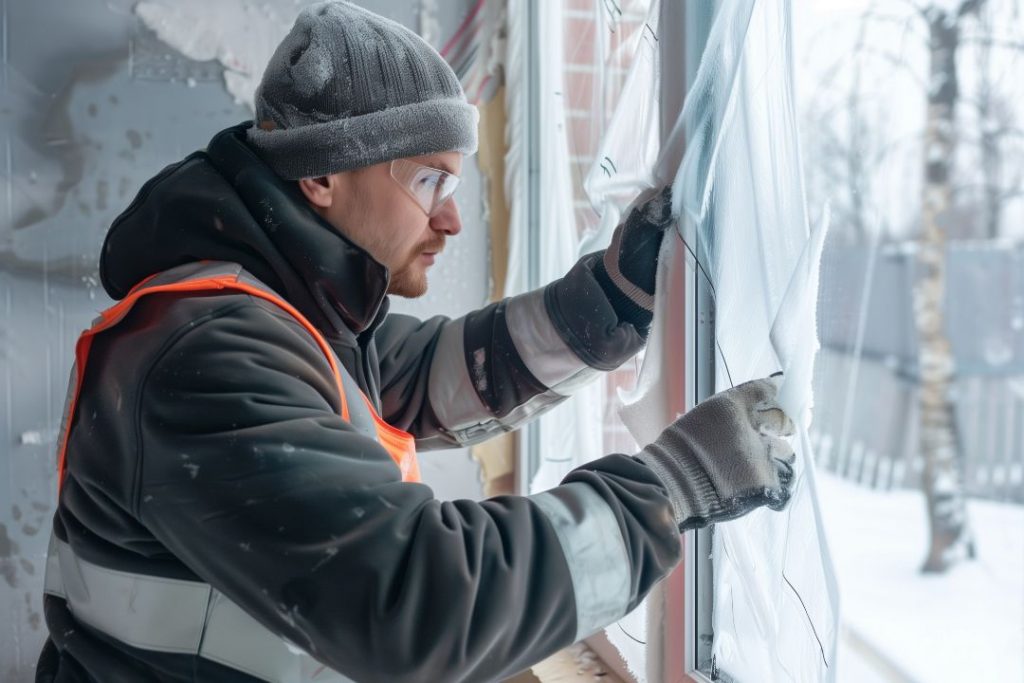
Weatherproofing is your home’s first line of defense against the cold. Start by sealing drafts with weatherstripping and caulking. These materials are affordable and easy to apply, making them ideal for DIY projects. Pay attention to areas around windows, doors, and openings that might allow cold air in. A well-sealed home retains heat better and reduces energy costs.
Next, consider insulating windows and doors. Adding thermal curtains or plastic film kits can effectively prevent heat loss. These simple solutions can significantly enhance your home’s insulation, keeping it warmer without cranking up the thermostat. Proper insulation in attics and walls is a game-changer. It ensures that your home retains heat, making it more comfortable and reducing energy bills. Quality insulation can provide long-term savings and improve your home’s value.
Preparing Heating Systems
Your heating system is the heart of your home during the winter. Start by inspecting and maintaining your furnace. Change filters regularly to ensure efficient operation. A clean filter improves air quality and keeps your system running smoothly. Consider scheduling a professional inspection to address any issues before they escalate.
Fireplaces and wood stoves are cozy additions, but they require regular maintenance. Clean chimneys to prevent creosote buildup, which can lead to dangerous fires. Ensure your fireplace or wood stove is efficient by sealing gaps and using a damper when not used. Programmable thermostats are a smart investment for saving on heating costs. They allow you to set specific temperatures for different times of the day, ensuring comfort while optimizing energy usage.
Protecting Plumbing
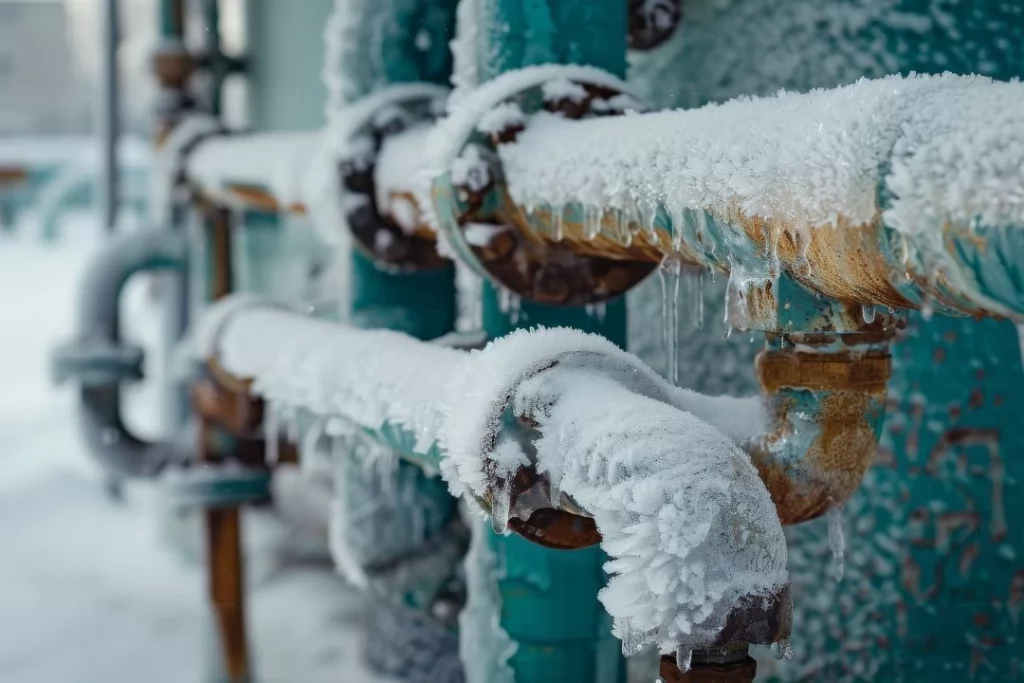
Frozen pipes can lead to costly repairs and inconvenience. Prevent this by insulating pipes in vulnerable areas, such as basements and attics. Keep a consistent temperature in your home, especially during extreme cold spells. Even a slight increase in temperature can prevent freezing.
If you suspect a pipe is frozen, act quickly but safely. Use a hairdryer or space heater to warm the pipe, starting gently from the faucet end. Avoid open flames or extreme heat, which can cause pipes to burst. Knowing how to handle frozen pipes can save you from significant water damage.
Outdoor Maintenance
When preparing for winter, remember your outdoor spaces. Drain and store garden hoses to prevent them from freezing and cracking. Winterize outdoor faucets by shutting off water supply lines and insulating exposed pipes. These simple steps can protect your outdoor plumbing from damage.
Clear gutters and downspouts to prevent ice dams and water damage. Leaves and debris can block proper drainage, leading to costly repairs. Regular maintenance ensures water flows away from your home, reducing the risk of ice-related issues.
Emergency Preparedness
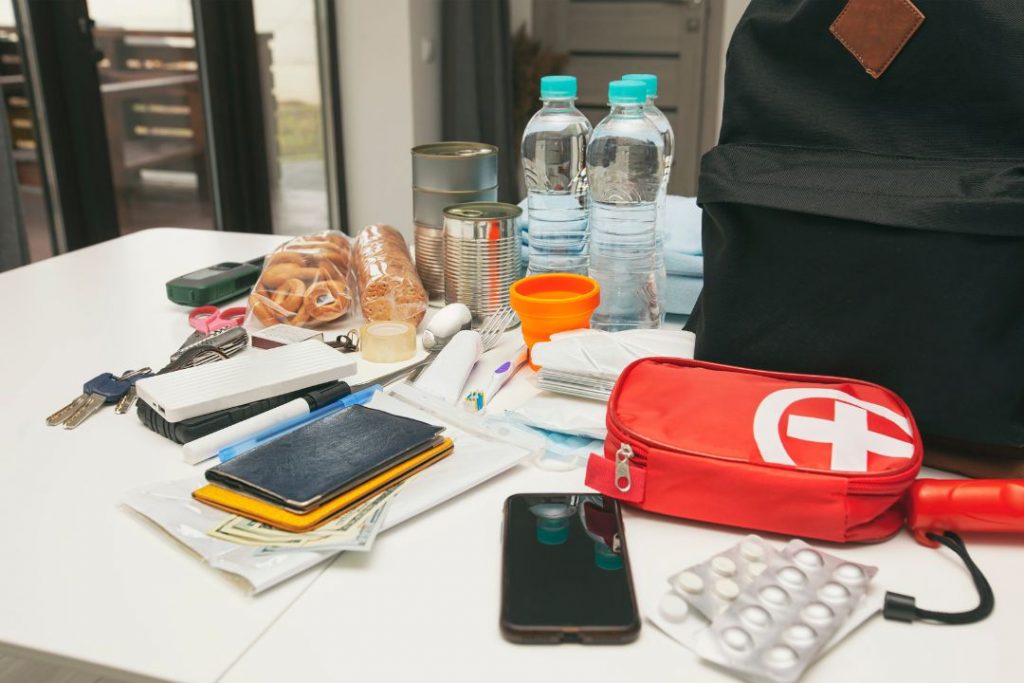
Winter storms can be unpredictable, so be prepared with an emergency kit. Include essentials like food, water, blankets, flashlights, and a battery-powered radio. Being prepared ensures you can weather any storm comfortably.
Power outages are common in winter. Know what to do when the lights go out. Keep flashlights and extra batteries handy, and consider investing in a generator for backup power. Staying informed about severe weather helps you take necessary precautions to keep your family safe.
Conclusion
Preparing your home for the cold season is an investment in comfort, safety, and energy efficiency. By taking proactive steps, you can enjoy a cozy winter without surprises. Start early to stay ahead of the weather and make your home a haven during the colder months.
We’d love to hear your tips for preparing homes for winter. Share your ideas and experiences in the comments and join the community of homeowners dedicated to creating warm, inviting spaces.
Additional Resources
For more detailed information on winterizing your home, consider exploring these resources:

